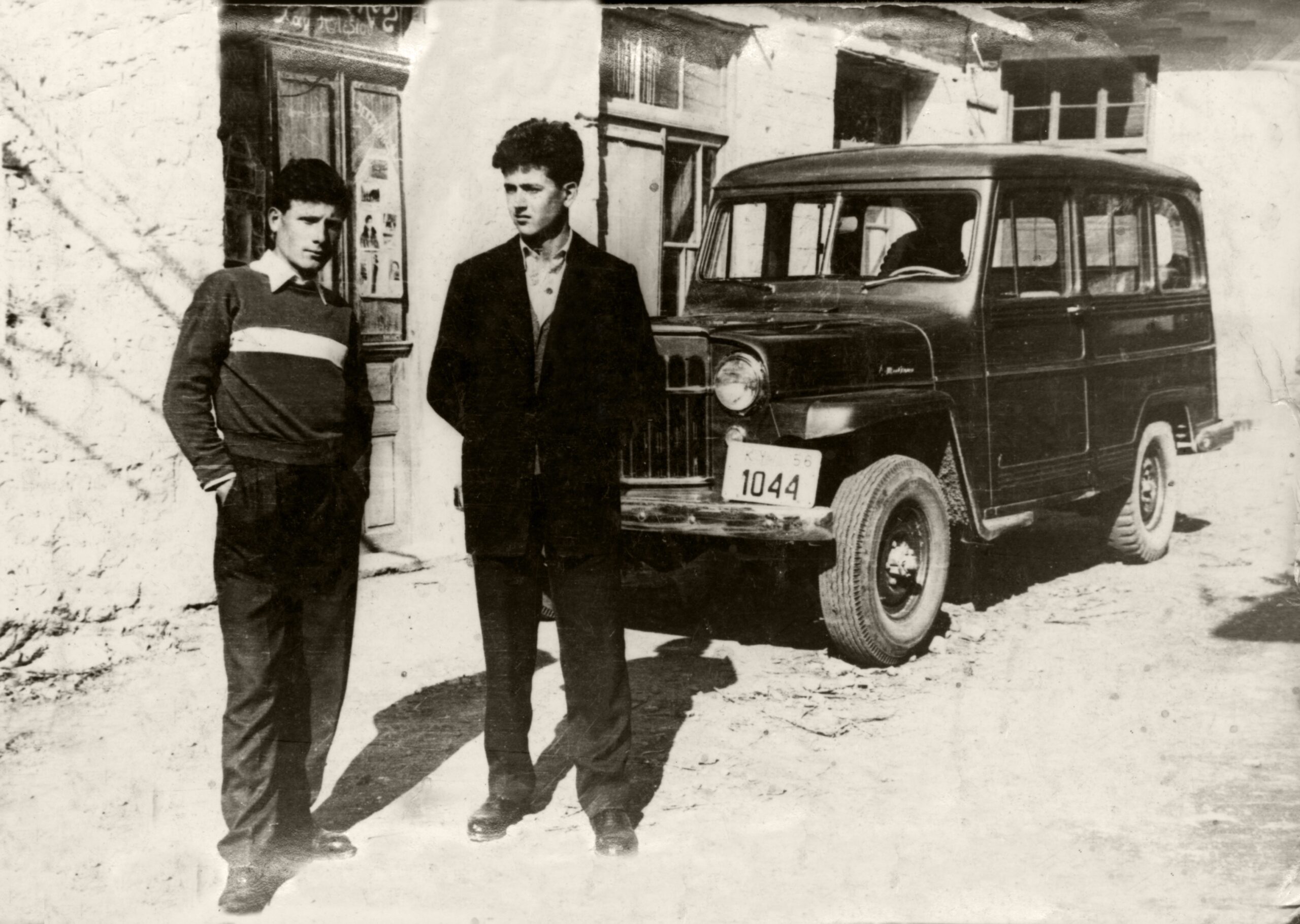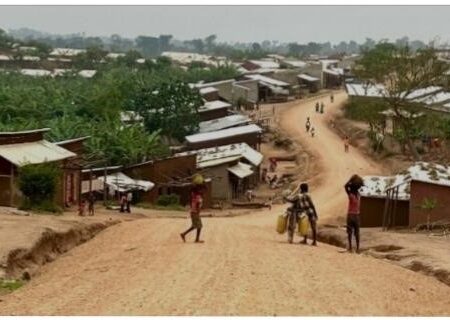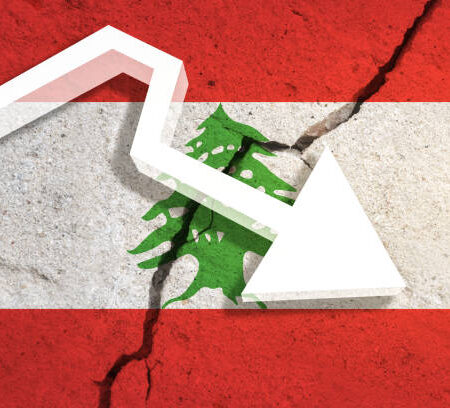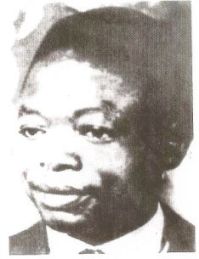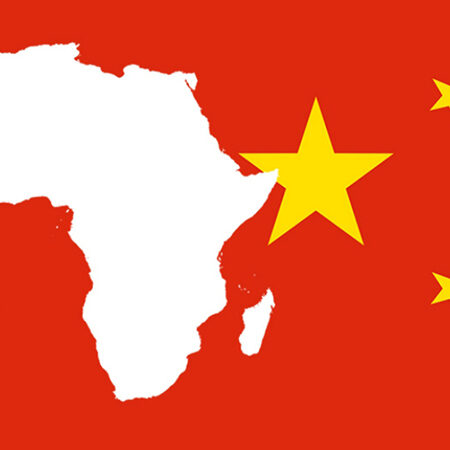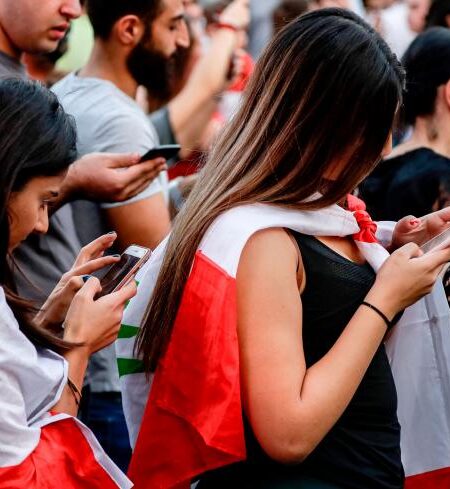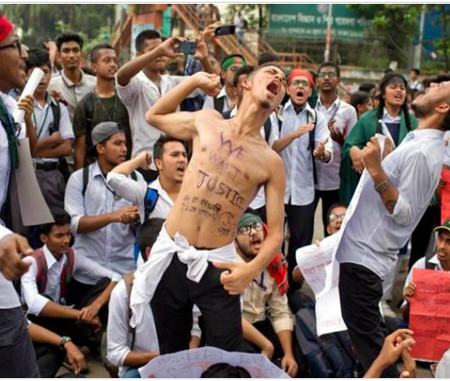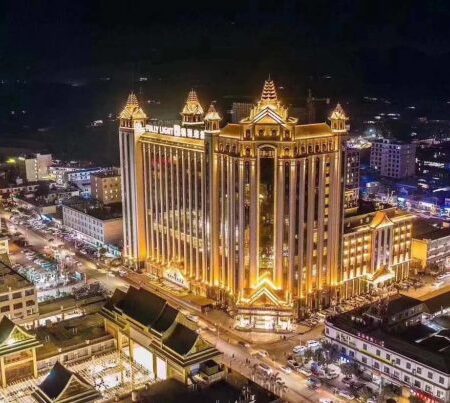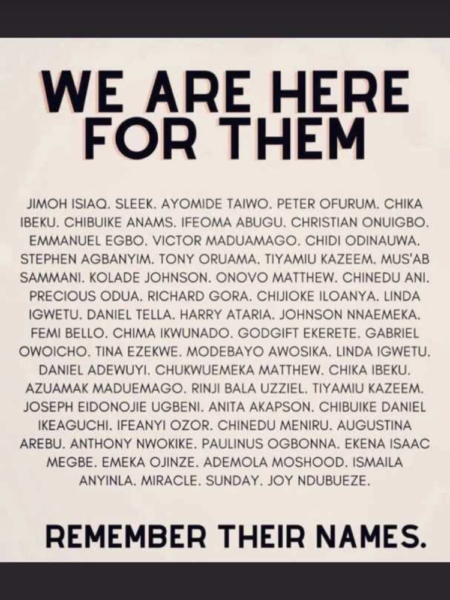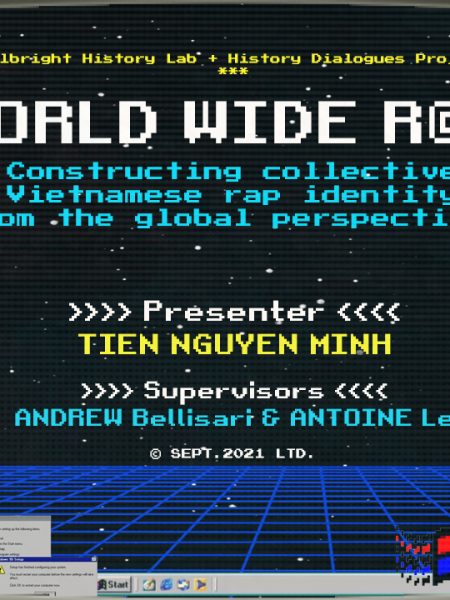Abstract
At the turn of the millennium a new movement of political and social dissent, which criticized the hegemony of neoliberal globalization and its detrimental effects, emerged. The capacity of this movement, most often defined as no-global, to make different realities converge allowed it to have a global reach. Its biggest protest took place in Genova in 2001 although that event is most often remembered for the unwarranted repression perpetrated by the Police. Repression also took the shape of a trial against 25 people sentenced for “devastation and looting” with absurd punishment. The essay looks at the unfolding of the no-global movement within the Italian context and at what the trial of the 25 represented in terms of repression and delegitimization. It especially focuses on how it concurred with the assimilation of a narrative that juxtaposed morally good and bad practices of dissent, which might have undermined the potentialities of the movement in the middle run.
Introduction
Even when faced with the structural economic inequalities pervading our increasingly globalized world, the countries that had brandished the role of leaders and had been effectively conducting this economic trend, kept promising to be acting in good faith.
The ‘world public good’ and its management fell into the economic discussions of very few hands that pledged to commit themselves to the eradication of poverty and the preservation of our environment. They proved themselves wrong as the extensive interdependence that globalization yielded concurred with further precariat, poverty and vulnerability to exploitation, whereas wealth continues to accumulate largely on the privileged side. By the end of the 1990s, a growing number of people unitedly recognized how the root of the problems ravaging the world laid exactly in that economic model which, in its globalized shape, could only enhance the structural inequalities that it claimed to overcome.
That neoliberal hegemonic globalization was the core of the dissent allowed for the great convergence of many different realities, opening a broad space for dialogue (Andretta et al., 2002). The attention and the critique were focused on the International Governmental Organizations, which were deemed as fundamentally responsible for this process. Indeed, it was clear how their goal was to pursue policies aimed at internationalizing the world’s economies (opening of markets, lifting of barriers and privatization of services and resources) for their benefit and that of the leading nations, even undermining national sovereignty in some cases. (Andretta et al., 2002). Furthermore, profiting “from the opportunities that this globalization produced” (Agrikoliansky, 2013), this movement made smart use of transnational connections available (particularly thanks to the Internet) and was thus able to have a global reach. Therefore, at the turn of the millennium, during every summit of any of the IGO primarily concerned with global economic issues, there were protests and counter-summits (Andretta et al., 2002).
The first time that the movement gained worldwide attention was on 30 November 1999, during the third ministerial WTO conference in Seattle. The protests were met with enormous violence on the police side; yet, the summit was successfully forced to end earlier. Furthermore, the black bloc showed for the first time its face (figuratively). The name, which denotes more of an operational tactic than a group per se (Agnoletto & Guadagnucci, 2021), refers to the non-hierarchical and highly decentralized black-dressed groups that, following anarchic lines of action, are responsible for the vandalisation and destruction of capitalism’s symbols (such as banks, stores or private properties in general) as a means of protest.
Genova
In 2001, between 19 and 21 July, the 27th summit that gathered together the head-State of the self-proclaimed eight wealthiest and most industrialized nation-States of the world was set to happen in Genova, Italy. In these circumstances, the biggest no-global protest hitherto took place. It is ironic that Genova was the hometown of one of the symbols and claimed precursors of globalization (Christopher Columbus).
Moreover, the occurrence of the twentieth anniversary in 2021 worked as a further occasion to focus on Genova’s memory and posthumous representation, consequently bringing to the publication of new material on the topic. Worthy of mention are Vittorio Agnoletto and Lorenzo Guadagnucci’s update of the volume “L’eclisse della democrazia.” (The eclipse of democracy) and the collection “Nessun rimorso. Genova 2001-2021” (No remorse. Genoa 2001-2021) by the project Supporto Legale. Lastly, there is Giovanni Mari’s “Genova, vent’anni dopo… Il G8 del 2001, storia di un fallimento” (Genoa, twenty years later… The 2001 G8, history of a failure). In the attempt of encapsulating the extremely complicated and layered circumstances of those days, some factors are of necessary mention.
First is that the converging protests taking place in that hot July found a poorly-prepared Italy, fresh out of new elections won by the right-wing party of Silvio Berlusconi, who undauntedly decided to proceed to host the summit. However, rather than investing in the education of the police and in the adequate planning of the public order’s management, the government instead decided to commit itself to an over-fortification of the city (Agnoletto & Guadagnussi, 2021). The centre of Genova was divided into a segregated red zone around Palazzo Ducale (where the summit was to take place), with an actual wall delimiting the border, an orange zone wherein protests were banned, and a green one that was instead free of restrictions (Mari, 2021). The government also contributed, together with the press, to the creation of an alarmist narrative by circulating sensationalist news and reports about the presumed warlike intentions of the protesters (for instance it was told that they intended to shoot infected blood or take police officers hostage) (Agnoletto & Guadagnucci, 2021). This exaltation, besides channeling the attention away from the political content that these protests wanted to bring forth, also fomented the officers who found themselves on the field. (Agnoletto & Guadagnucci, 2021)
This misguided preparedness of the police corps is probably one of the main factors that led to the death of Carlo Giuliani. Carlo was a 23-year-old activist killed by a police officer on 20 July in Tolemaide Street after an unwarranted and ill-judged police charge that backfired on the Carabinieri who found themselves trapped between the protesters (Mari, 2021). That led to the creation of a chaotic set of events wherein the Italian State bloodied its hands with the first victim after more than twenty years of relative calm.1
1 The last death in which the Police (and the State) were the culprit was that of Giorgiana Masi on May 15, 1977. https://www.carlogiuliani.it/archives/per-non-dimenticarli/1599
Second, if the police system, in general, is violent, the Italian one in particular, inheriting institutions and modes of operating from our hard-to-die fascist past is unhealthy. Once you add miscommunication and poor management to highly hierarchical structures that show signs of cameratismo, havoc such as the Diaz-Pertini blitz or the tortures endured by activists in the Bolzaneto detention centre don’t seem so unthinkable anymore. To recap what happened, the first demonstration on Thursday, 19 July, which was that for migrants’ rights, was the only one that unfolded peacefully. Both on Friday and Saturday, the protests faced numerous and often unjustified police charges that injured hundreds of people (and killed one). In many cases these charges were reasoned as attempting to restrain the black blocs, however, seldom the aim was the violent subjects (Mari, 2021). Then, on the night between the 21st and the 22nd, the Police, without any legal warrant and with false evidence to justify it, raided the Diaz-Pertini school wherein 93 activists and journalists of the GSF, most of them foreigners, were sleeping. Once inside, they systematically beat defenseless people and arrested many, on the claim (later refuted) that they were part of anarchic groups. During these days, the arrested people were transferred to the Bolzaneto detention centre where unspeakable (yet, thanks to the testimony of some victims, spoken about) violence was deployed against the activists. Protected by walls, the officers that operated those nights abused their power to physically and psychically assault most of the 240 people that passed by the centre.
Third and last, adding insult to injury, the Italian State never proved capable to hold itself accountable for the crimes committed, despite the international outcry.2
2 Amnesty International, 2011 https://www.amnesty.it/impunita-per-violazioni-nel-g8-di- genova-una-macchia-intollerabile-nella-storia-dei-diritti-umani-in-italia/
Even when trials happened, besides the general negligence with which they were conducted, the issue was always approached as ‘rotten apple cases’ by blaming individual officers rather than condemning the structural deviances that led to those events. The European Court’s sentence of 2012 (Cestaro vs. Italy), which decried the human rights violations that occurred in Genova, severely called out Italy’s institutional deficiencies regarding the prevention of abuses of power (Agnoletto & Guadagnucci, 2021), yet ten years have passed and identificatory numbers on police officers are still out of discussion.3
3 https://www.amnesty.it/appelli/inserire-subito-i-codici-identificativi/
Trial of the 25
On 4 December 2002, another chapter of the story of Genova began. With the arrest of the people involved, the “processo ai 25 per devastazione e saccheggio” (trial of the 25 for devastation and looting) opened this new wave of repression. Sentences out of common sense, especially when compared with the impunity of police crimes, were inflicted on those identified as partaking in violent acts against things. One’s presence in proximity to the sites of devastation was enough to be convicted, even if they didn’t participate. In the end, in 2007, ten people were condemned to more than 98 years of prison combined.
For the trial, the defence needed audio-visual material that the Genoa Legal Forum asked Indymedia to provide. Indymedia (Independent Media Centre, Imc)4 was a revolutionary information network that had been collectively created by activists.
4 Although the platform still exists and it is used by some collectives, the global reach, strength and capacity of the early 2000 have been lost, in part due to the rise of social networks and in part due to the decline of the movement that had “created” it (Millennium Bug).
Its aim was to bring forth a truth-telling radical narrative in opposition to that of mass information networks by deploying operative methods of horizontality and consensus-based decision-making, all through open-publishing platforms that have arguably been depicted as the forerunner of contemporary social networks (Del Frate et al., 2021). It covered a fundamental role during the Genoese protests due to the unfiltered reports that it provided and the immense quantity of material that it collected. Within Indymedia, the branch of SupportoLegale (LegalSupport) was created to follow the trials autonomously. The two shared fundamental values and operative methods. To bring a direct perspective into the discussion, I interviewed Blicero (nickname), who has been part of Indymedia from the onset and was amongst those who formed SupportoLegale. His insight was especially helpful to navigate the analysis of the political meaning behind this sentence. Heterogeneity of identities and practices had been a pivotal, positive characteristic of the no-global movement, yet that changed when the latter interiorized the moral narrative that opposed ‘good’ and ‘bad’ protesting. People wasted time trying to demarcate the line between those who actually partake in the lootings and those who did not, failing to recognize who the real enemy was. As Blicero claims, the GSF and the more institutional fringes of the movement lost great potential for power when they ostracised those who had chosen a different fighting approach to them by questioning its legitimacy. SupportoLegale instead positioned itself differently. The counter-hegemonic stance inherited from Indymedia meant the refusal of a division based on the legitimacy of protesting practices, mainly because they acknowledged that the rationale behind the trial was to suppress political antagonism in any of its shapes, nipping it in the bud through the “divide et impera” good old strategy (SupportoLegale, 2021). That is why they asserted the dignity of every and each method of protest as well as ensuring the defence of every and each person accused, making active solidarity a political choice and weapon. “There has not been the political ability to identify in this kind of choice [that of iincriminating even just one’s presence on the premises of acts of violence] the indiscriminate attack towards all of those who protested,” Blicero argues in the interview. As he further emphasizes, the chance for a radical affirmation of freedom of political expression was lost, when the movement settled on the ‘victim position’ or even collaborator in the construction of this somewhat far-fetched criminal accusation. A stronger opposition to these charges should have instead worked as a new fighting starting point. The movement’s loss was thus that of the margins’ potential. If the goal was to overwhelm the established hegemony that gives grounds for meetings such as the G8, it revealed counterproductive to appropriate that same hegemonic narrative. The internal fracture that this entailed tellingly undermined the synergy of the movement.
Conclusions
Some people’s choice to protest alongside the transnational movement that was outcrying the brutality of neoliberal globalization implied the deployment of violence as well, targeting private properties for their symbolic value. The backlash of their actions entailed the incarceration of 10 people and an internal fracture between those that believed that they had brought it on themselves and those that instead recognized how the political attack behind the trial was directed against the whole movement. Acknowledging that meant turning solidarity towards the people convicted into a political weapon by defending them in court. To demolish “dialectics as the main form of historical development was the priority necessity of those who did not want any other possible world” (SupportoLegale, 2021) and that happens by increasingly criminalising political alterity, most often by ostracizing the conflicts that yield violence.
However, as Blicero pointed out, social change never happened through compliance with this kind of patronizing narrative. To overpower the silencing of political dissent, social movement cannot afford to be blind before the utmost gap between the cruelty perpetrated by our political and economic system and some window-shattering. What I want to say is not that violence is justified in toto within political movements. Rather it is to call out the oversimplification of Genoa’s memory through the opposition of the ‘good ones’ to the ‘bad ones’ as if the employment of violence by the more radical fringes was a self-evident reason for their incarceration. At last, Genova also raised again the issue of State violence by bringing into the spotlight what it means to hold a monopoly over it. What happened in 2001 was not an unforeseen accident but more so a magnified example of what State Police represents. Their granted impunity further confirms that.
References
Agnoletto, V., & Guadagnucci, L. (2021). L’eclisse della democrazia: Dal G8 di Genova a oggi: un altro mondo è necessario. Nuova edizione aggiornata e ampliata. Feltrinelli Editore.
Agrikoliansky, E. (2013). Globalization and Movements. In D. A. Snow (Ed.), The Wiley- Blackwell Encyclopedia of social and political movements. Blackwell Publishing. 10.1002/9781405198431.wbespm099
Amnesty International. (2011, July 19). Italy: Impunity for violations committed on the occasion of the 2001 Genoa G8 summit an intolerable stain on Italy’s human rig. https://www.amnesty.org/en/wp- content/uploads/2021/07/eur300132011en.pdf
Andretta, M., Della Porta, D., Mosca, L., & Reiter, H. (2002). Global, noglobal, new global: la protesta contro il G8 a Genova. GLF editori Laterza.
Del Frate, E., Menafra, S., Noschese, P., Urijoe, F., & Vite, F. (Eds.). (2021). Millennium bug. Una storia corale di Indymedia Italia. Edizioni Alegre.
Imc Italy. (2004, June 9). DisFare Informazione. ItalyIndymedia.or. https://archive.autistici.org/ai/20210620161937/http://italy.indymedia.org/news/ 2004/06/566833.php
Mari, G. (2021). Genova, vent’anni dopo: il G8 del 2001, storia di un fallimento. People.
SupportoLegale (Ed.). (2021). Nessun Rimorso – Genova 2001-2021. Coconino Press.
